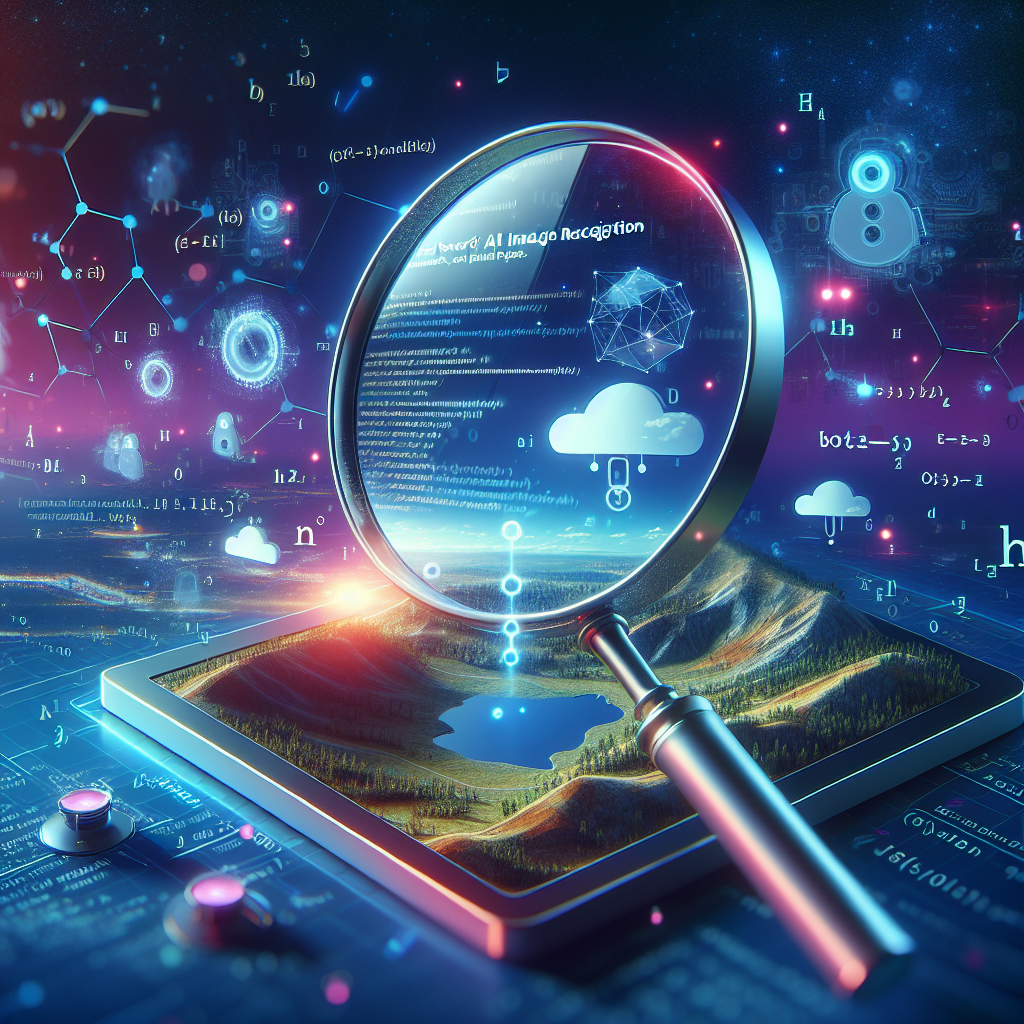The Transformative Power of AI Image Recognition: Technical Insights, Applications, and Best Practices

With the rapid advancement in Artificial Intelligence (AI), one of the most transformative innovations has been AI-based image recognition tools. These tools can identify and classify objects, people, and scenes in images, driving significant improvements in various industries. This blog post aims to explore the technical aspects of AI image recognition, its diverse applications, and best practices for leveraging these tools effectively.
Delving into the Technical Nuances of AI Image Recognition
AI image recognition relies on several core technologies that enable it to understand and interpret visual data:
- Convolutional Neural Networks (CNNs): CNNs are the backbone of image recognition systems. These multilayered neural networks are specifically designed to process pixel data. Key architectures like LeNet, AlexNet, and ResNet have been pivotal in advancing the capabilities of image recognition.
- Feature Extraction: This involves detecting patterns, edges, textures, and shapes within an image. Feature extraction techniques allow CNNs to focus on important aspects of the image for classification purposes.
- Data Augmentation: To improve model robustness, data augmentation techniques like rotation, flipping, and zooming are used to generate variations of the training dataset. This helps the model generalize better to unseen data.
- Transfer Learning: By leveraging pre-trained models on large datasets like ImageNet, transfer learning enables the use of existing knowledge to solve new tasks with relatively small datasets. This significantly reduces the time and computational cost of training models from scratch.
- Object Detection and Segmentation: Beyond just identifying objects, techniques like YOLO (You Only Look Once), SSD (Single Shot MultiBox Detector), and Mask R-CNN are used for object detection and image segmentation, providing precise localization and boundaries for multiple objects in an image.
Real-World Applications of AI Image Recognition
The versatility of AI image recognition empowers various sectors through innovative applications. Here are some compelling examples:
1. Healthcare: Medical Imaging Diagnostics
AI image recognition tools are revolutionizing medical diagnostics by analyzing medical images such as X-rays, MRIs, and CT scans. For instance, Google’s DeepMind has developed models that can detect over 50 eye diseases from retinal scans with accuracy comparable to human experts.
2. Retail: Enhanced Shopping Experience
Retailers like Amazon and Walmart use image recognition to improve product recommendations, inventory management, and checkout processes. Amazon’s “Just Walk Out” technology in Amazon Go stores employs image recognition to track items taken off shelves, allowing customers to check out automatically without cashier intervention.
3. Security: Surveillance and Threat Detection
AI image recognition is widely adopted in surveillance for real-time threat detection and anomaly identification. Airports and public safety agencies use these tools to identify suspicious activities and enhance security measures.
4. Autonomous Vehicles: Environment Perception
For self-driving cars, image recognition is crucial for understanding and navigating the environment. Companies like Tesla and Waymo utilize advanced image recognition systems to detect lanes, pedestrians, traffic signs, and other vehicles, ensuring safe autonomous driving.
5. Agriculture: Crop Monitoring and Disease Detection
In agriculture, image recognition helps in monitoring crop health, predicting yields, and detecting diseases. Startups like Blue River Technology use AI-powered imaging systems to identify weeds and precisely target them with herbicides, promoting sustainable farming practices.
Best Practices for Implementing AI Image Recognition Tools
Maximizing the benefits of AI image recognition requires following best practices to ensure accuracy and efficiency:
1. Curate High-Quality Data
The success of image recognition models heavily depends on the quality and diversity of the training data. Ensure that your dataset includes varied examples to cover different scenarios and edge cases.
2. Optimize Model Architecture
Select or design model architectures that best fit your specific needs. Experiment with established architectures like ResNet, Inception, or EfficientNet to find the most effective one for your task.
3. Implement Robust Data Augmentation
Use data augmentation techniques to artificially expand your training dataset. This helps the model generalize better and reduces overfitting.
4. Continual Learning and Fine-Tuning
Deploy continuous training pipelines that incorporate new data and fine-tune models periodically. This helps maintain and improve model accuracy over time as more data becomes available.
5. Assess Model Interpretability
Ensure that your model’s predictions are interpretable. Techniques like Grad-CAM (Gradient-weighted Class Activation Mapping) can help visualize which parts of the image contributed to a model’s decision, making it easier to debug and trust the model.
6. Address Ethical Considerations
Implementing AI image recognition comes with ethical responsibilities. Ensure your models do not propagate biases present in the training data and adhere to privacy guidelines to protect individual rights.
Conclusion
AI image recognition tools have immense potential to revolutionize various industries by automating visual tasks and providing actionable insights. By understanding their technical details, exploring diverse applications, and following best practices, organizations can unlock new levels of efficiency and innovation. Embracing these advancements while remaining mindful of their ethical implications will pave the way for a future where AI-powered image recognition is integral to our daily lives.
Have you implemented AI image recognition tools in your projects? Share your experiences and insights in the comments below and join the discussion!



